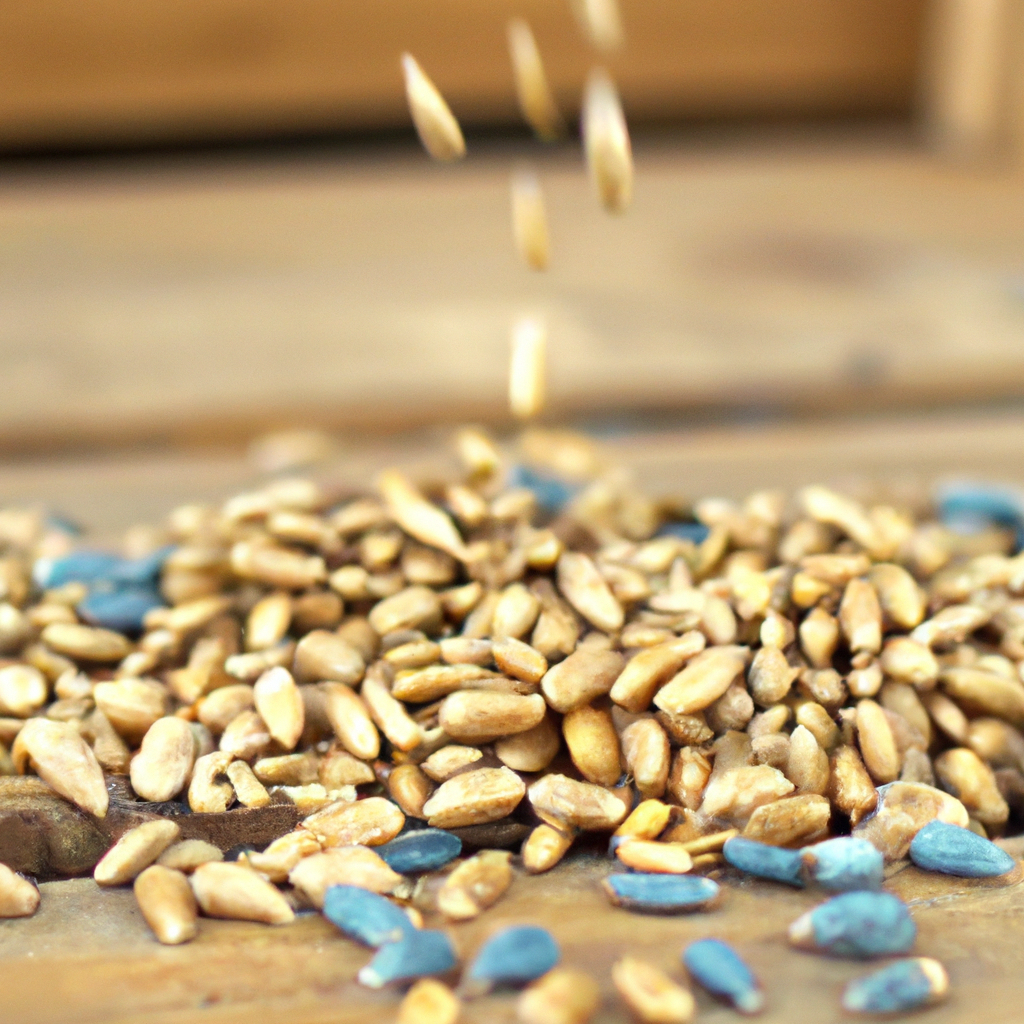Vegetable oil is a popular cooking oil that is extracted from various seeds. The production of vegetable oil involves different methods, including cold pressing and solvent extraction. In this article, we will explore how vegetable oil is produced from seeds, looking at the different processes involved in its manufacturing.
Seed oil extraction
Seed oil extraction is the initial process in vegetable oil production. It is the process of separating the oil from the seed using mechanical or chemical means. The most common seeds used in vegetable oil production are soybeans, sunflower seeds, rapeseeds, cottonseeds, and peanuts.
Cold pressing
Cold pressing is a mechanical method of extracting oil from seeds. It involves crushing the seeds and pressing them to extract the oil. This method is preferred for producing high-quality oil because it does not involve the use of chemicals or heat, which can alter the oil’s nutritional value and flavor. The oil produced through cold pressing is known as cold-pressed oil.
The process of cold pressing involves the following steps:
1. Cleaning: The seeds are cleaned to remove any impurities or debris.
2. Crushing: The seeds are crushed using a mechanical press to break them into smaller pieces.
3. Pressing: The crushed seeds are then placed in a hydraulic press, which applies pressure to extract the oil.
4. Filtration: The extracted oil is then filtered to remove any remaining impurities.
The resulting oil is high in quality, but it is usually limited in quantity. Therefore, cold pressing is more suitable for producing small batches of oil for personal use or specialty products.
Solvent extraction
Solvent extraction is a chemical method of extracting oil from seeds. It involves using a solvent, such as hexane, to dissolve the oil from the seed. This method is preferred for producing large quantities of oil because it is more efficient and can extract more oil from the seeds compared to cold pressing.
The process of solvent extraction involves the following steps:
1. Cleaning: The seeds are cleaned to remove any impurities or debris.
2. Crushing: The seeds are crushed to break them into smaller pieces.
3. Solvent extraction: The crushed seeds are then mixed with a solvent, such as hexane, which dissolves the oil.
4. Separation: The oil-solvent mixture is then separated from the solid residue using a centrifuge.
5. Distillation: The solvent is then removed from the oil using distillation.
6. Refining: The extracted oil is then refined to remove any remaining impurities and improve its quality.
The resulting oil is of lower quality compared to cold-pressed oil, but it is more widely available and cost-effective. It is commonly used in cooking and food manufacturing.
Cooking oil manufacturing
After the oil has been extracted, it undergoes further processing to make it suitable for cooking. The refining process involves removing any remaining impurities, such as free fatty acids, phospholipids, and pigments. The oil is then bleached to remove any remaining color and deodorized to remove any unwanted odors. The final product is a clear, odorless, and tasteless oil that is suitable for cooking.
Conclusion
Vegetable oil production involves different methods, including cold pressing and solvent extraction. Cold pressing is a mechanical method that produces high-quality oil, while solvent extraction is a chemical method that produces larger quantities of oil. After the oil is extracted, it undergoes further processing to make it suitable for cooking. Understanding how vegetable oil is produced from seeds is essential for anyone who wants to make informed choices about the oil they use for cooking and food manufacturing.







